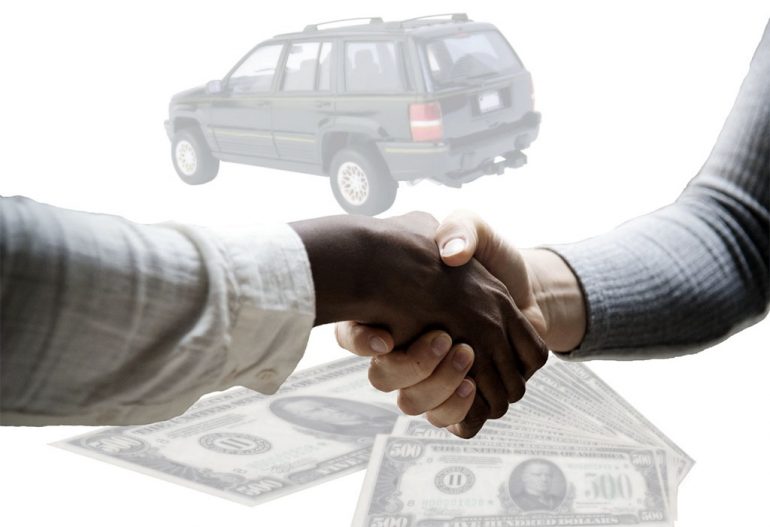
Flipping used cars can be a lucrative business, as long as you get it right. The concept is pretty straightforward: you buy a used car at a low price, refurbish or fix it up, and then sell it for a higher price.
However, bear in mind that there is much more involved in successfully flipping cars than just buying low and selling high. If you are considering flipping used cars, begin by checking out the following invaluable expert advice.
Also, don’t forget that you can get discounted new car pricing with a free quote through qualified local dealer partners.
To start off, you will need to conduct thorough market research by identifying the models that are popular and sell quickly in your area.
For instance, small pick-up trucks might be more popular in rural areas while sleek sedans could generate more interest in urban centers.
The next crucial step is to evaluate your budget realistically. Once you have spotted a model you are interested in buying, make sure to calculate not just the purchase cost but also the amount needed for repairs or improvements.
If we consider that the selling price needs to cover all these expenses with enough margin left over for profit, defining your budget becomes an integral part of the process.
When scouting for potential cars to flip, always insist on inspecting the vehicle thoroughly before making any purchasing decisions. Look out for red flags like rust, frame damage, or problems with the engine or transmission, as such issues will be costly to fix.
If you are not confident in spotting such issues yourself, take a trusted mechanic friend along when you go to inspect potential cars.
Be prepared that you will need to navigate the maze of paperwork involved in buying and selling vehicles.
Proper documentation on title transfers, taxes, and registration will preserve your legitimacy as a car flipper. So, keeping track of every transaction and its relevant paperwork will serve you well in the long run.
Post-purchase, you will want to work on refurbishing the car for resale. This does not necessarily mean an expensive makeover, but paying attention to details such as clean upholstery and working lights can make a big difference.
A fresh coat of wax or new tires can also make a used car more appealing to potential buyers.
Once it is time to sell, price your car appropriately; considering both the investment you have made in it and its prevailing market value.
For example, if you purchase an old SUV for $2,000, spend $1,000 on repairs, and find the current listings for similar vehicles are around $4,000, you might consider pricing your car at $4,500 to leave a little room for negotiation while still securing a profit.
Utilizing effective marketing is vital when flipping used cars. Online classifieds, local newspapers, and social media platforms can all be excellent avenues for advertising.
Ensure the pictures you post to showcase the vehicle in its best light. Also, write an informative ad that covers all key aspects of the vehicle, such as its make, model, condition, and mileage.
Be ready to negotiate with potential buyers. Remember that achieving a sale could be more important than preserving your initial asking price. If someone offers $4,300 instead of your listed $4,500 for example, it is still a tidy profit considering your initial investment and repair costs.
You can easily keep track of your transactions with a bill of sale. The document serves as evidence that you have sold a car, and it provides necessary details about the vehicle and buyer for any future reference.
Thankfully, you can complete your bill of sale in minutes when you use PDFSimpli. The platform offers pre-made templates to fill out, to make the process simple, and to help ensure you do not miss any crucial information.
Flipping used cars can be a successful venture if done right. As long as you follow the above advice and remain patient, dedicated, and detail-centered in your approach, making a healthy profit from car flipping is well within your reach.